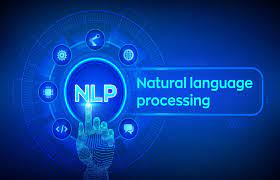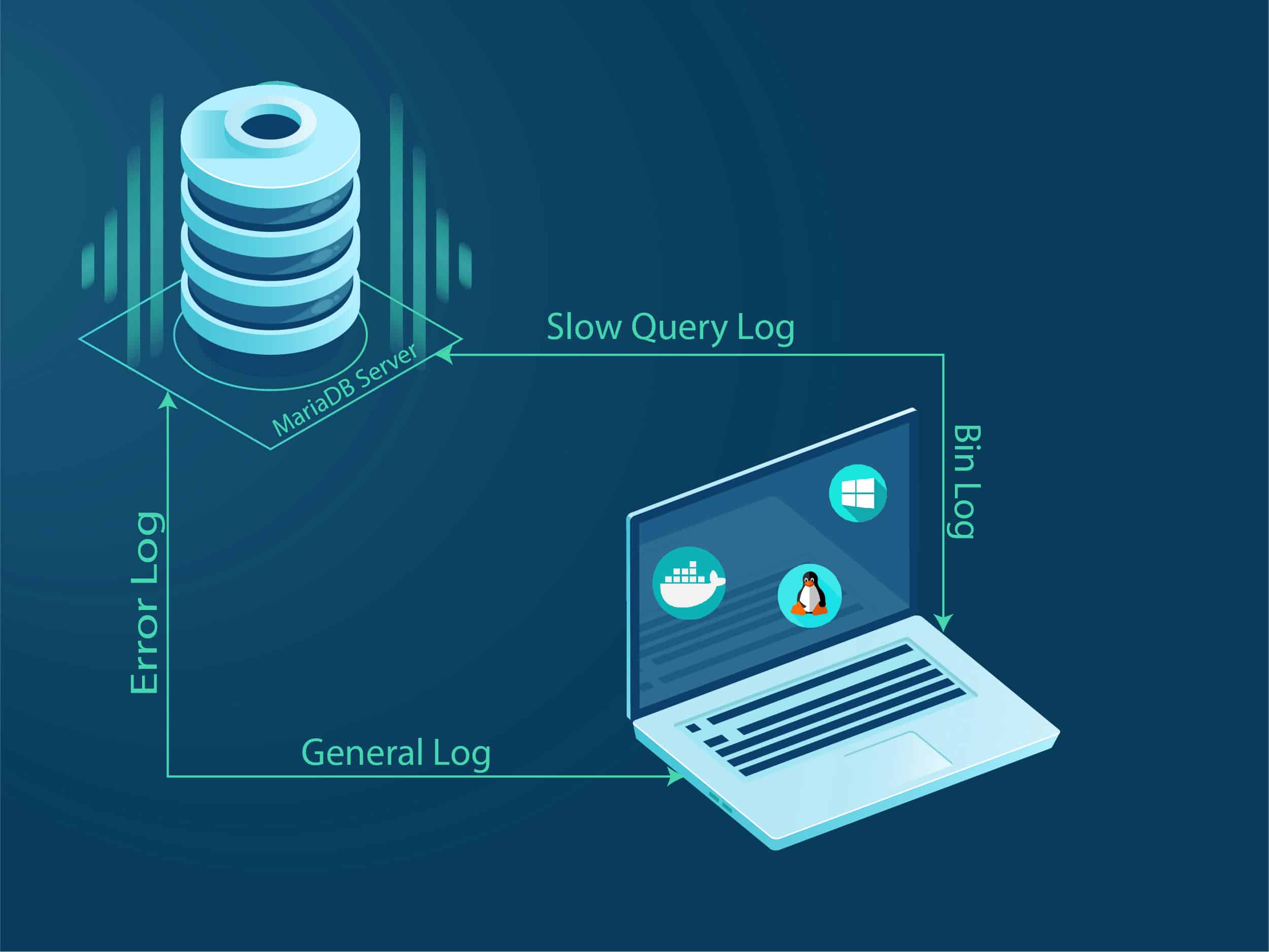Content
If you’ve heard the term API before, chances are it’s been used not to refer to APIs in general, but instead to a specific kind of API, the web API. A web API allows for information or functionality to be manipulated by other programs via the internet. For example, with Twitter’s web API, you can write a program in a language like Python or Javascript that can perform tasks such as favoriting tweets or collecting tweet metadata. To confirm that Python installed successfully, first open the command line. In macOS, click the spotlight icon on the top right corner of your desktop and type terminal.
He has been a self-taught developer for many years and knows what is the most efficient way to learn a new skill. It has a user-friendly GUI that we can send HTTP requests through. It allows us to send requests with different HTTP methods and we can check the response from the server. With this tool, we can easily test our API by sending a client request and checking the HTTP response. We can also save our test cases and group them into different collections.
Introducing APIs
Of course if we do this we will need the client application to look for 403 errors as well. The authentication extension gives us the freedom to choose which functions in the service are open and which are protected. We apply this technique to all the other functions and with this we ensure that the client always sees URIs instead of ids. If we find the task then we just package it as JSON with jsonify and send it as a response, just like we did before for the entire collection.
First, create a new folder on your computer that will serve as a project folder. This can be in your Desktop folder, but I recommend creating a dedicated projects folder for this and similar projects. This tutorial will assume that the files related to this lesson will be stored in a folder called api inside a folder named projects in your home directory. As we have seen, however, exploring an API can be a useful first step in gathering data to tackle a research question. Jack Huang is a programmer with an experience of more than 7 years in developing web applications in Python, JavaScript, and .NET. He is skilled in web frameworks such as Flask, Django, and Vue.
The Flask Web Framework
He is also skilled in PostgreSQL, DynamoDB, MongoDB, RabbitMQ, Redis, Elasticsearch, RESTful APIs design, payment processing, system architecture design, database design, and UNIX systems. He also has experience in handling large data and improving its performance and optimizing payment processing. He is an expert of web application developers who love coding and constantly following the newest technology. In the HTTP protocol, there are different types of service request methods. Each service request method has a special definition that is specific to it. When the frontend interface interacts with the backend API through a URL, they need to, at the same time, define the HTTP method for this request.
With these commands and this Dockerfile, we can run as many instances of our API as we need with no trouble. It’s just a matter of defining another port on the host or even another host. Besides the Transaction class, we also defined a TransactionSchema. We will use the latter to deserialize and serialize instances of Transaction from and to JSON objects. This class inherits from another superclass called Schema that belongs on a package not yet installed.
Secure access for everyone. But not just anyone.
Apart from its extensive use in the realm of artificial intelligence, it is also widely used in web application development, big data analysis, web scraping, and process automation. What makes Python excel in so many areas is the extensive number of frameworks available.
The server should reload automatically (because you added –reload to the uvicorn command above). Get all the quality content you’ll ever need to stay ahead with a Packt subscription – access over 7,500 online books and videos on everything in tech. If you want to learn more about Postman, click on the “Bootcamp” button at the bottom of Postman.
Understanding Our Database-Powered API
A metaphor for this is a waiter/waitress, who can understand different customers’ orders. They will then act as a middleman between the customers and the chefs in the kitchen.
When our user requests an entry or set of entries, our API pulls that information from the database by building and executing an SQL query. This iteration of our API also allows for filtering by more than one field. We’ll discuss potential uses for this functionality after examining our code more closely. Thus far, we’ve created a working API with test data that we’ve provided right in our application. Our next version of our API will pull in data from a database before providing it to a user. It will also take additional query parameters, allowing users to filter by fields other than ID.
Interactive API docs¶
Like we did with other error codes, here we customize the response so that is contains JSON instead of HTML. The problem with the current design of the API is that clients are forced to construct URIs from the task identifiers that are returned. This is pretty easy in itself, but it indirectly forces clients to know how these URIs need to be built, and this will prevent us from making changes to URIs in the future. In HTML responses, the code 200 means “OK”, while the code 404 means “Not Found” . This function allows us to return 404 pages when something goes wrong in the application. Relational databases allow for the storage and retrieval of data, which is stored in tables.
Is API a backend development?
API is an acronym that means: Application Programming Interface. It's the interface that is used by an application, typically a front-end application, to talk to the back-end application. API are methods and functions that wrap some operations.
If we cannot find Pip for Python 3 on our machine, we can follow the instructions here to install Pip. First and foremost, we will need to install some dependencies on our development machine. Donations to freeCodeCamp go toward our education initiatives, and help pay for servers, services, and staff. Learn to design, build, and interact with APIs using Python. Figure out other use cases and expand based on what you learned with the initial API use case. For Django I recommend Django REST framework and for Flask I recommend Flask-RESTful. Apigee’s Web API Design ebookis free and contains a wealth of practical advice for what design decisions to make for your web API.
Constructing our application with this architecture is simple, powerful, and highly readable. In fact, with this recipe sharing platform, you can see the majority of the actions we require will revolve around CREATE, READ, UPDATE, and DELETE. This is generally true for all other web applications as well. In a nutshell, CRUD models the life cycle of database record management. An API is also a standard interface that can communicate with different types of frontend Terminals, they can be mobile applications or websites. As long as the frontend is sending the same request to the API, it will get the same result back. If we go back to our metaphor, the waiter/waitress will serve all kinds of customers, regardless of their gender, age, language, and so on.
- Pipenv is a dependency manager that isolates projects in private environments, allowing packages to be installed per project.
- When our user requests an entry or set of entries, our API pulls that information from the database by building and executing an SQL query.
- There are, of course, other available web frameworks available on the market.
- Now that we need to implement authentication we should do so in the context of HTTP, which provides two forms of authentication called Basic and Digest.
- The get_password function is a callback function that the extension will use to obtain the password for a given user.
Flask won’t make many decisions for us, such as what database to use or what template engine to choose. Lastly, Flask has extensive documentation that addresses everything developers need to start. FastAPI follows a similar “micro” approach to Flask, though it provides more tools like automatic Swagger UI and is an excellent choice for APIs. However, as it is a newer framework, many more resources and libraries are compatible with frameworks like Django and Flask but not with FastAPI. Before we modify our code, first download the example database from this location and copy the file to your api folder using your graphical user interface. The final version of our API will query this database when returning results to users. Right now, users can only view our entire database—they can’t filter or find specific resources.
Twitter Sentiment Analysis – Python, Docker, Elasticsearch, Kibana
The database we’re working with has five columns id, published, author, title, and first_sentence. Each row represents one book that won the Hugo award in the year under the published heading, and the text of which begins with the sentence in the first_sentence column. As before, we’ll examine the code more closely once you have it running. Finally, the return jsonify line takes the list of results and renders them in the browser as JSON. Each dictionary is a phone book entry consisting of two keys, name and number, each paired with a value that provides the actual information. Remember that you can provide both a data dump and an API, and individual users may find one or the other to better match their use case. Open Library, for example, provides both a data dump and an API, each of which serves different use cases for different users.
Which language is mostly used in frontend?
The most extensively used Frontend Language is HTML, which is a markup language. HyperText Markup Language is the abbreviation for HyperText Markup Language. It's a programming language that is used to make websites and web apps.









